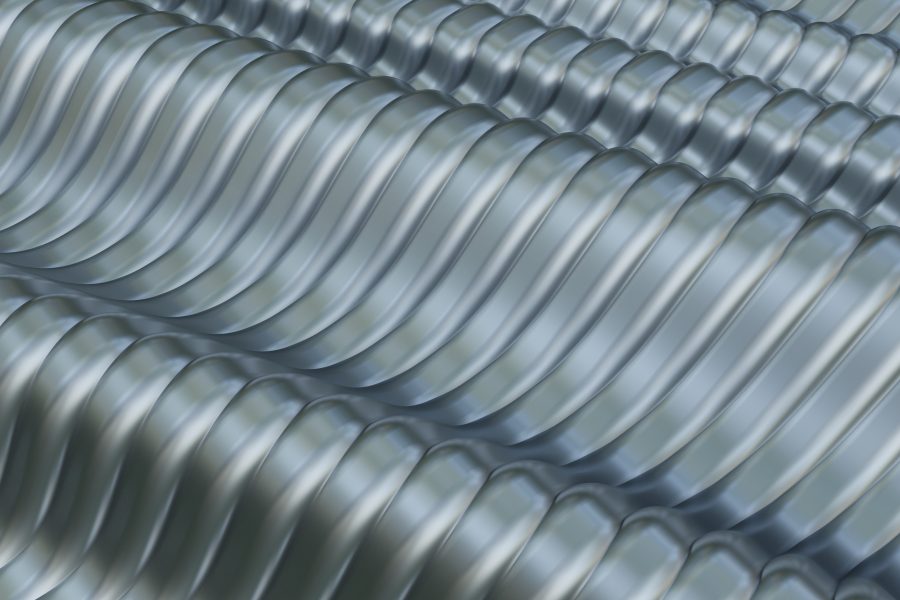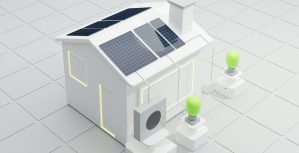Is GRP Grating Better Than Steel Grating?
When it comes to selecting the right grating material for various applications, the age-old debate between GRP (Glass Reinforced Plastic) grating and steel grating continues to confound many. Both options have their merits and drawbacks, and the choice between the two can significantly impact the efficiency, safety, and longevity of your project.
Steel Grating
Steel has long been the go-to material for gratings due to its exceptional strength and durability. It finds utility in a wide range of applications, including bridge flooring, trench covers, walkways, ramps, platforms, catwalks, and mezzanine floors, among others. One of the key advantages of steel is its inherent resistance to dislocation at the atomic level, making it incredibly robust. Additionally, steel’s natural properties deter pests and prevent rot, making it an enduring choice for gratings.
GRP Gratings
In recent years, Glass Reinforced Plastic (GRP) has emerged as a strong competitor to steel in the grating manufacturing industry. GRP boasts several advantages that deserve attention. It is constructed from fine glass strands woven together to create a flexible fabric, and its mouldable nature allows it to conform to the shape of the intended item seamlessly. This versatility makes GRP an excellent choice for a variety of grating applications.
Moreover, GRP grating is notably lightweight, which simplifies handling and installation. Their anti-slip properties enhance safety, and they can be customised in almost any colour without significant additional cost or complexity – a feature that sets them apart from coloured steel. Furthermore, GRP requires minimal maintenance, making it an ideal long-term solution for its intended purposes.
Why GRP Grating is Gaining the Upper Hand Over Steel Gratings
• Corrosion Resistance
GRP gratings exhibit exceptional resistance to corrosion, making them ideal for environments with high moisture, chemical exposure, or corrosive substances. In contrast, steel gratings are susceptible to corrosion and may necessitate additional coatings or treatments to bolster their resistance.
• Lightweight and Durable
GRP gratings are significantly lighter than their steel counterparts, simplifying handling and installation. This feature proves advantageous in applications where weight reduction is crucial, such as offshore platforms and transportation equipment.
• Electrical Conductivity
GRP gratings are non-conductive and provide excellent electrical insulation, making them suitable for environments where electrical conductivity is a concern, such as electrical substations and areas with high-voltage equipment. Conversely, steel gratings, being metal, conduct electricity and may not be suitable for such settings.
• Slip-Resistant Surface
Safety is paramount, and GRP grating delivers by providing a slip-resistant surface. This feature is especially crucial in wet or oily environments, where slipping hazards are prevalent. The slip-resistant surface enhances worker safety, minimising accidents and injuries.
• Low Maintenance
When it comes to maintenance, GRP grating takes the lead. It requires minimal upkeep compared to traditional materials. No painting or coating is necessary to protect against corrosion. This translates to cost savings and less downtime in industrial operations.
• UV Resistance
Exposure to ultraviolet (UV) rays can cause degradation in some materials. However, GRP grating is UV-resistant, ensuring that it retains its structural integrity even when exposed to sunlight for extended periods. This longevity makes it a sustainable choice for outdoor applications.
• Fire Resistance
Safety concerns are paramount in many industries, and GRP grating excels in this aspect as well. It possesses fire-resistant properties, reducing the risk of fire-related accidents. This feature is especially important in environments where flammable materials are present.
• Chemical Resistance
In chemical-heavy industries, GRP grating shines with its resistance to a wide range of chemicals. It can withstand exposure to various corrosive substances, making it a durable option for chemical processing plants and similar applications.
• Aesthetic Appeal
Beyond its functional advantages, GRP grating offers aesthetic appeal. It can be customised in terms of colour and design, allowing for creative and visually pleasing solutions in architectural and landscaping projects.
• Environmentally Friendly
GRP grating aligns with environmentally conscious practices. Its durability and long lifespan mean fewer replacements, reducing waste. Additionally, the material itself is recyclable, making it an eco-friendly choice.
The choice of either steel gratings or GRP gratings is contingent upon the specific needs of the user. Although steel gratings have been a reliable option in the grating industry, GRP gratings are becoming increasingly popular due to their resistance to corrosion, lighter weight, and non-conductive properties. These benefits make GRP gratings a desirable substitute for a variety of applications.
Share It on :





